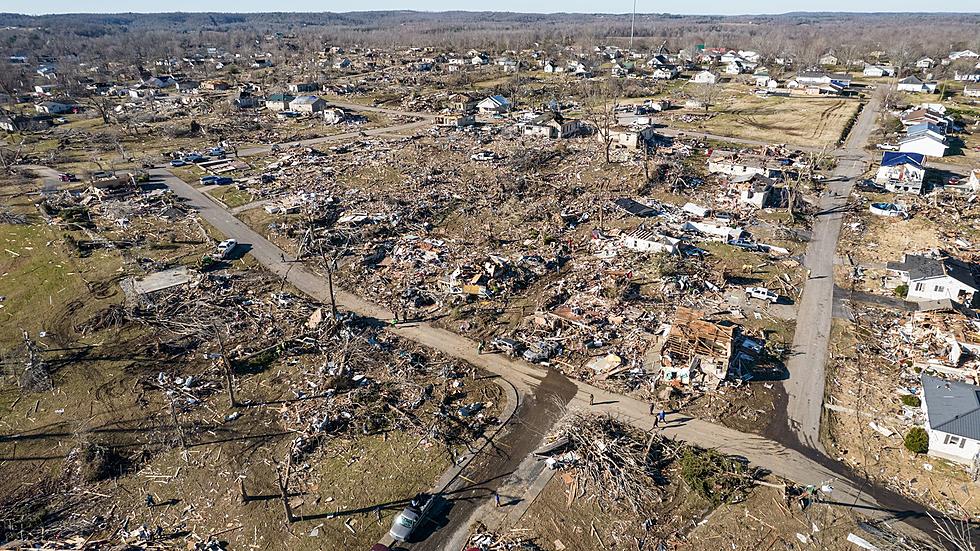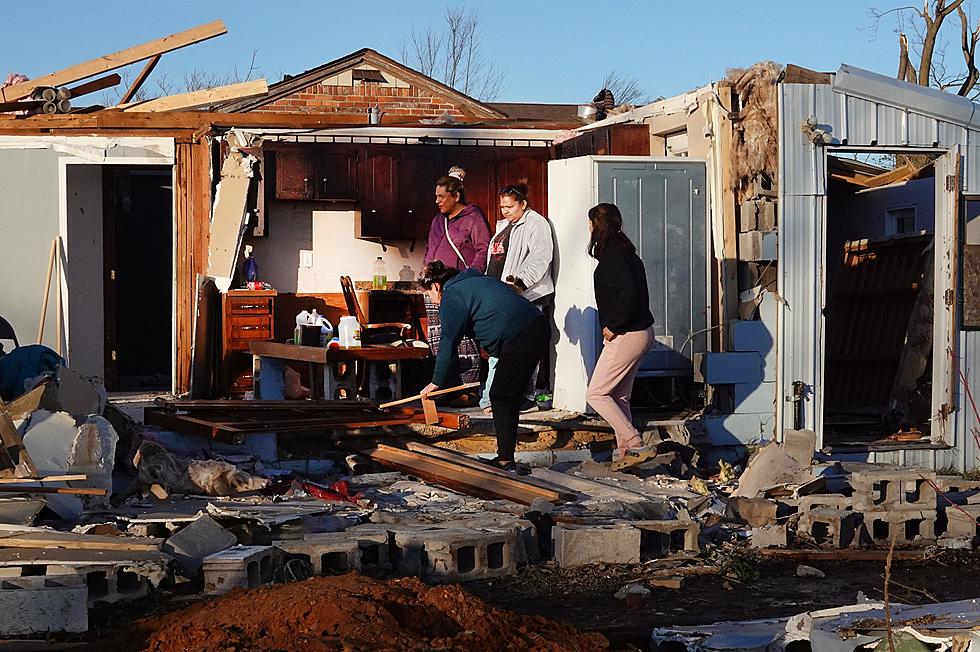
Kentucky Tornado Survivors: How to Apply for FEMA Assistance and What to Expect After Applying
- from The Federal Emergency Management Agency
If you live in Caldwell, Fulton, Graves, Hopkins, Marshall, Muhlenberg, Taylor or Warren counties and were affected by the Dec. 10 storms and tornadoes, FEMA may be able to help with temporary housing expenses, basic home repairs or other essential disaster-related needs that are not covered by insurance.
Residents in the designated counties can apply online at disasterassistance.gov, by calling 800-621-3362, or by using the FEMA mobile app. If you use a relay service, such as video relay (VRS), captioned telephone or other service, give FEMA the number for that service.
FEMA will have Disaster Survivor Assistance teams (DSA) in affected areas going door to door helping with applications for FEMA assistance and providing information about other resources. DSA team members carry photo identification and never charge for assistance.
These teams can:
- Help survivors apply for federal assistance.
- Check the status of an application already in the system or make minor changes to applications.
- Provide civil rights and disability integration assistance information to ensure equal access to FEMA programs.
During the application process, FEMA personnel will ask for:
- A current phone number where you can be contacted.
- Your address at the time of the disaster and the address where you are now staying.
- Your Social Security Number.
- A general list of damage and losses.
- Banking information if you choose direct deposit.
- If insured, the policy number or the agent and/or the company name.
Applicants are required to inform FEMA of all insurance coverage that may be available to them to meet their disaster- caused needs. Insured applicants must provide documentation that identifies their insurance settlements or benefits before FEMA will consider their eligibility for categories of assistance that may be covered by private insurance. If applicants are unable to locate important documentation,
FEMA will work with them to identify other ways to verify.
Home inspections
If you report that you cannot, or may not be able to, safely live in your home, FEMA may need to perform an inspection of the damaged dwelling. Because of the COVID-19 pandemic, FEMA will conduct exterior inspections until further notice. All inspections will be done in-person without entering your residence. Inspectors will maintain social distance, visually assess the exterior of the residence, and verbally confirm interior damage over the phone or during the initial in-person inspection.
FEMA will contact you to meet at the address where the damage was reported. You or your designated co-applicant identified on your registration will need to meet with an inspector and provide a photo ID. The meeting will take place outside with the inspector following CDC social distancing guidelines. If you or your co-applicant are unable to meet with an inspector, a third party can be designated in writing.
Exterior inspections provide FEMA with a way to assess damages while complying with social distancing requirements.
For an accessible video on how to apply for FEMA assistance, go to youtube.com/watch?v=WZGpWI2RCNw.
For more information about Kentucky tornado recovery, visit www.fema.gov/disaster/4630. Follow the FEMA Region 4 Twitter account at https://twitter.com/femaregion4.
– Two FEMA mobile registration centers are now open in Dawson Springs and Mayfield to help tornado survivors apply for FEMA assistance.
FEMA mobile units are at these locations:
- First Baptist Church at 960 Industrial Park Rd., Dawson Springs, KY 42408
- The old Walmart location at Mayfield Plaza, 1102 Paris Rd., Mayfield, KY 42066
LOOK: The most expensive weather and climate disasters in recent decades
More From WGBFAM



![Mama Cat’s Kittens Get Adopted, Sadly She Remains At Indiana Shelter [VIDEO]](http://townsquare.media/site/71/files/2021/12/attachment-Screen-Shot-2021-12-15-at-8.15.53-PM.jpg?w=980&q=75)




![West Side Nut Club Hosting Second Supply Drive for Tornado Relief This Saturday [UPDATE]](http://townsquare.media/site/71/files/2021/12/attachment-Nut-Club-Donation-Drive.jpg?w=980&q=75)
